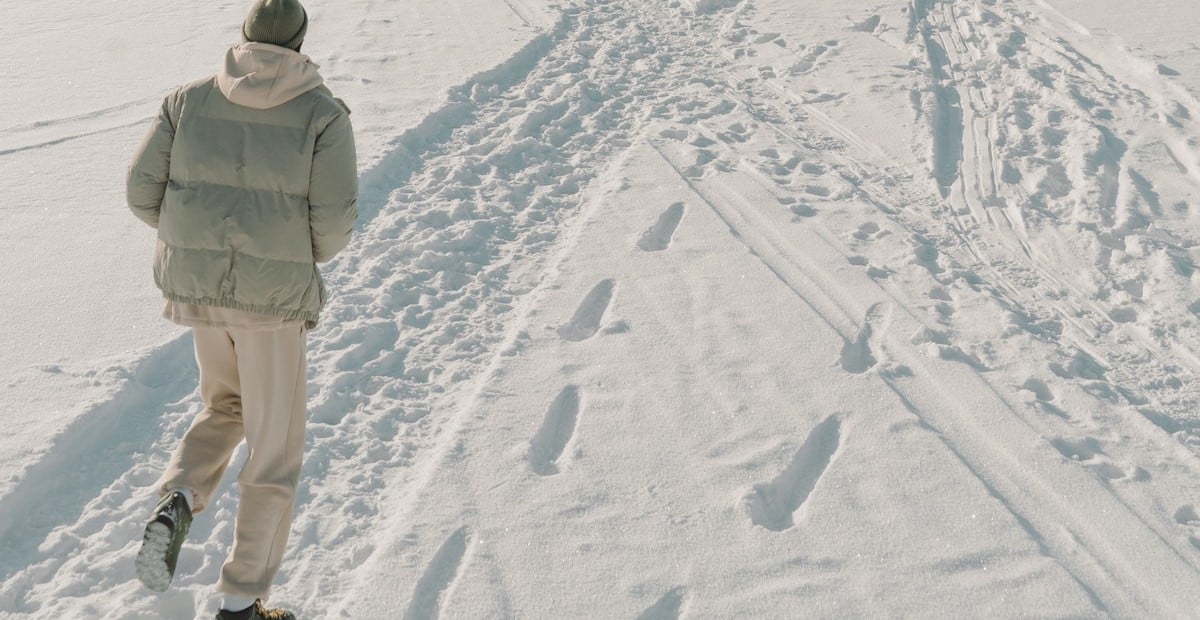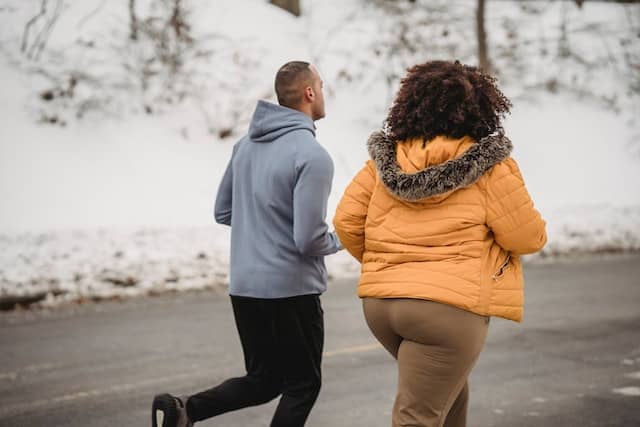
Contents
Prepping for those winter runs and cold weather with winter running guide
A cold weather run isn’t for the faint of hearted. But you don’t have to be some sort of cold blooded veteran either. You have just as much control over your body temperature in cold weather as the next human, and certain conditions can always be combated.
Conditions like?
Snow, ice, slippery surfaces and windy routes – they may be hurdles, but that doesn’t mean we can’t jump them.
Cold weather running in many ways can be more rewarding; the harder a challenge the greater the reward. However, we still need to be careful, to keep both our safety levels up and our motivation.
So how can we motivate ourselves to skate along icy paths in the dead of the night, having eaten 5 slices of bread and realising that we have no choice but to jog?
Warm clothes
It’s an obvious point but runners remarkably miss this one. Just like getting out of bed in the morning during winter, a sudden rush of cold will never get you moving. Colder weather means warmer clothes, but the right clothes can be the real difference here.
Winter jogging may require thermals, thicker socks, insulated pegging bottoms, a rub-free vest and more. You can find many a base layer online, too. These are great for comfortable and warm running experiences. You should wear gloves too – cold hands rushing through the cold air is no combination to experience.
But balance is important here.
Just as it’s easy to overlook your potential coldness, you may also miss the mark with overheating. Runners World writes ”layers of technical fabrics to wick sweat with zippers at the neck and underarm area to vent air as you heat up. The more you run outdoors, the more you’ll learn your own preferences. You can use our handy What to Wear tool to help you decide what to slip into, depending on the temperature outside.”
So, get your winter wardrobe sorted and step into cold temperatures with confidence.




Warm up
It’s so important to get your blood flowing every time you commit to a winter run. Colder months won’t exactly freeze your blood (unless you’re the dramatic type), but it does affect circulation, which also affects temperature. If you want to feel that cold less, then a few pointers on warming up would be healthy.
You can commit to normal stretches, sure, but some more rigorous activities, like yoga or star jumps, will help get your blood pumping and your heat rising.
Conclusion
There you have it, simple. Get warm, stay warm and turn up the heat of your running game. No matter the weather forecast you should be running. A storm may exempt you, but a bit of cold? A little bit of snow?
Get out there and do what you know will make you feel good. Of course, the alternative could be to invest in a treadmill for those really horrendous days!
FAQs
What does inclement weather mean?
This simply means weather that’s unpleasant or cold.